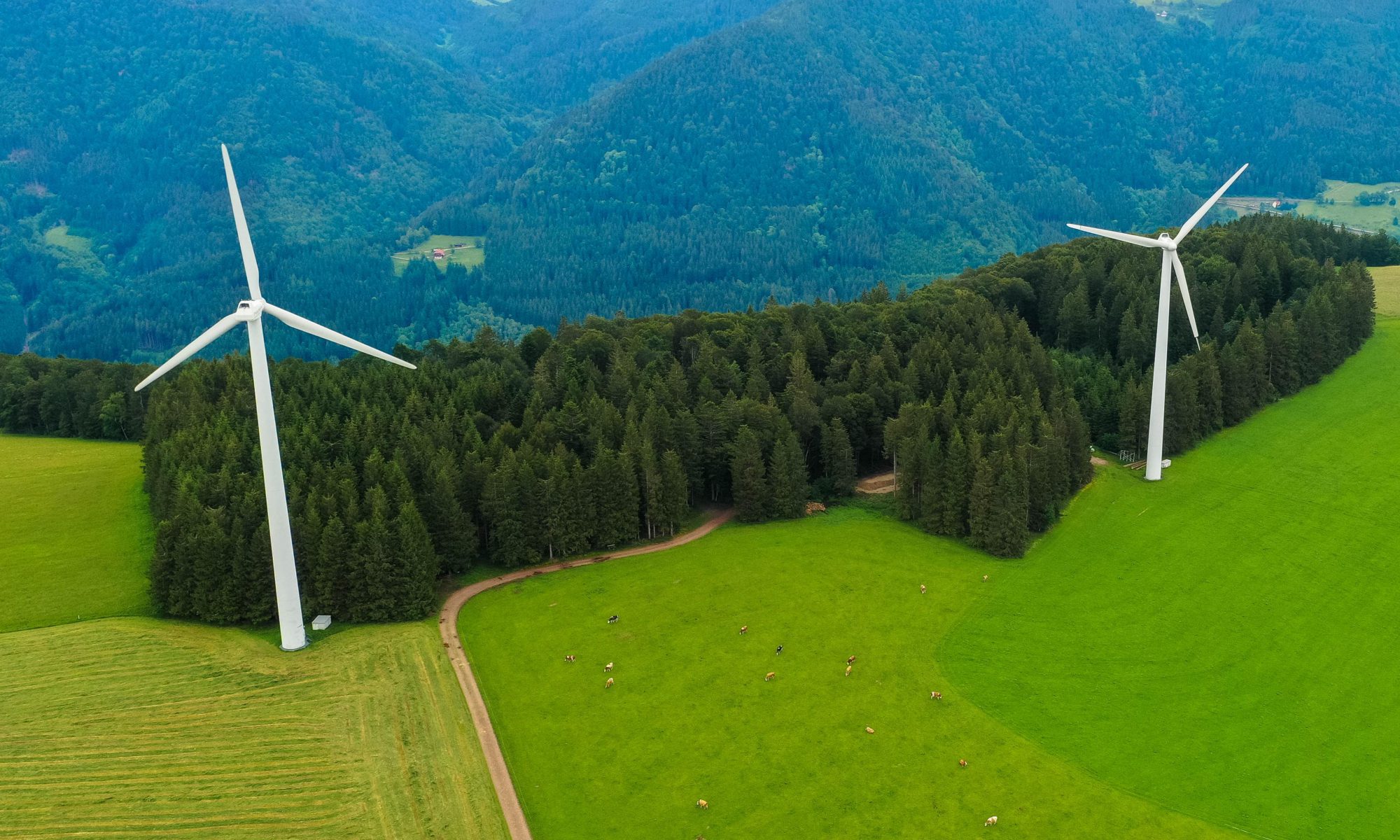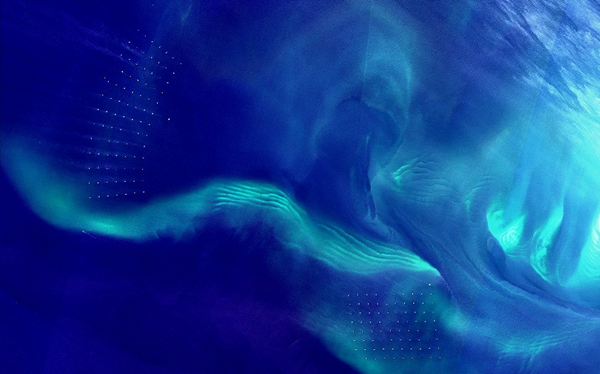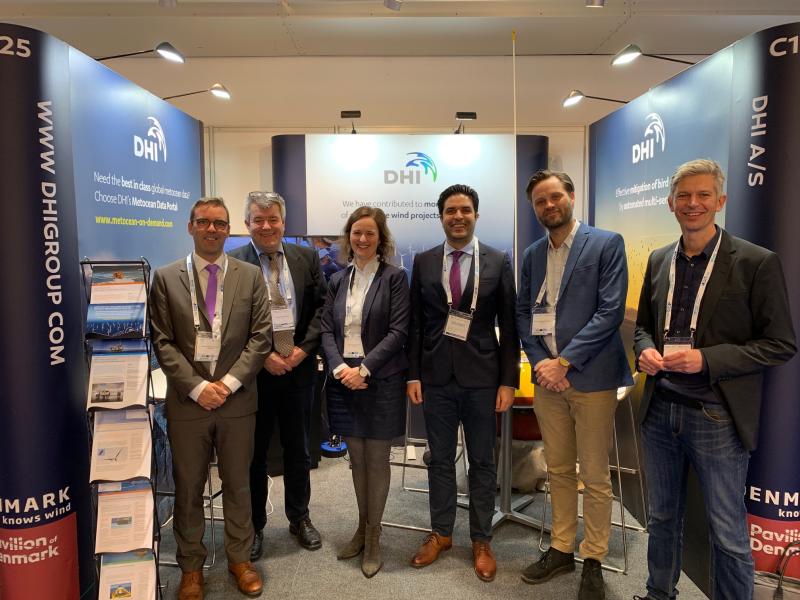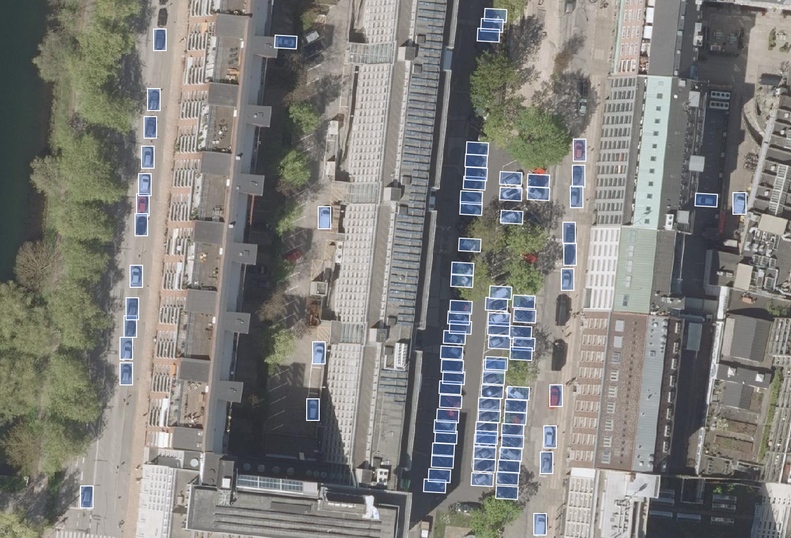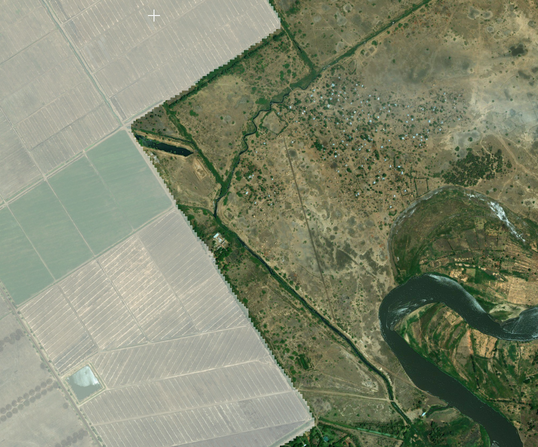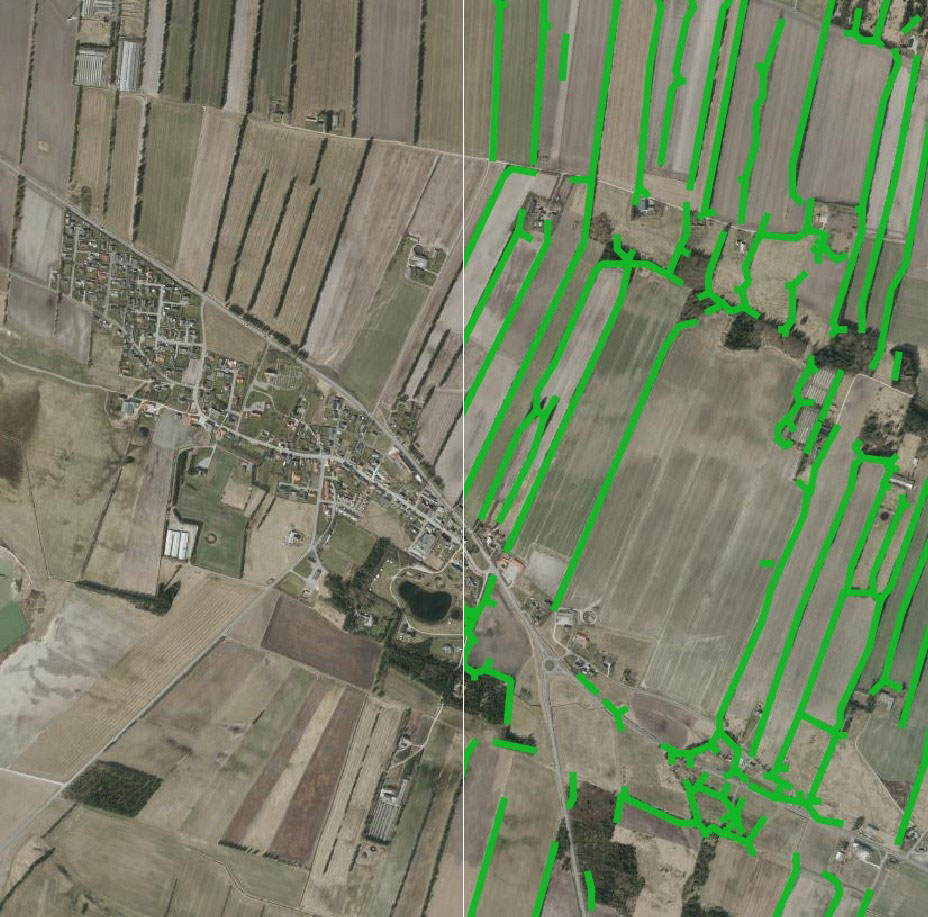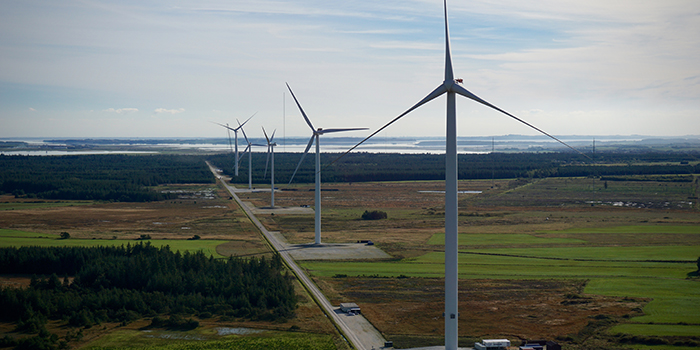WINDSIGHT - IMPROVING THE ACCURACY OF WIND RESOURCE ASSESSMENTS THROUGH EO SOLUTIONS:
1 december 2020
Frictional forces due to land properties (such as terrain height and the physical structure of vegetation (height, density, etc.)) influence the strength and direction of the wind at the surface. Therefore, reliable, and timely data and information on such properties is critical, to accurately assess the availability of wind resources. However, assessments of wind energy resources is a highly complex and time consuming process – ultimately relying on consistent, accurate and timely models and input data. Yet, in many cases, especially in forested sites, surface data on roughness and forest height is inaccessible or simply not available and this may impact the ability of wind modelers to accurately assess wind resources.
Satellites provides new opportunities for characterizing surface properties and estimating surface roughness
The launch of many new satellite missions that routinely monitor land surfaces, combined with the latest advances in machine learning technology, has underpinned new ways to accurately and regularly map and monitor surface properties and surface roughness, thus addressing the existing data gap.
In this blog we will describe how we at DHI, together with the wind industry, has developed a new portfolio of surface roughness products, based on the latest satellite data and machine learning technology, and tested them for the wind community.


From explorative research to a mature and robust solution
In 2020, the 3 year long Innovation Fund Denmark project ‘Innowind’ by VESTAS, Vattenfall, EMD International A/S, the Technical University of Denmark (DTU) and DHI GRAS concluded.
This project examined the effect of using satellite-based input layers for flow modeling at the meso- and microscale and trialed these data layers at a selection of global sites, where ground truth observations were available and wind turbines are planned or in operation. Forested sites were particularly in focus, as they have the strongest impact on wind flow and represent 75% of new land-based wind energy developments. The chain of models for resource assessment was adapted to utilize novel satellite-based input layers.
Introducing WindSight
InnoWind progressed the assessment of wind energy resources by working with the EU/ESA Copernicus satellite data and products within aerodynamic flow models. Copernicus Global and pan-European products, describing vegetation properties such as forest type and density, was used in combination with digital elevation models to derive the surface drag force. This new approach could eliminate indirect and subjective assessments of surface properties and reduce the uncertainty modelled wind resources. Further, it provides a pathway to more accurate, automated and consistent assessments at different sites.
As a result of three years’ development efforts, a new satellite-based product portfolio entitled ‘WindSight’ was developed, aiming to improve the accuracy of wind resource assessments.



5 different products in one tailored data package
DHI WindSight includes 5 different high-quality and high-resolution data products on land cover, key forest characteristics, historical and future changes, topography and surface roughness – tailored for wind sites anywhere in the World.
- Land Cover: The land cover product is generated in near real time using best in class satellite imagery to provide up-to-date, reliable and accurate information about land cover types, in grid sizes up to 10 meters
- Forest products: Based on current or historical image analysis of high- satellite imagery, the forest products provide detailed insight on current and historical forest height and forest density in grid sizes of 20 meters.
- Historical and future changes: Based on time-series analysis of high-resolution satellite imagery, the land change product provides information about past, current and future forest cover and site conditions.
- Very high-resolution (VHR) elevation layers: The VHR elevation and topography data layers are provided in grid sizes down to 1 meter, comparable in quality to more expensive LIDAR based elevation models.
Surface roughness: Using state-of-the-art models, surface roughness data is generated through conversion of the forest density, land cover and forest height data products. These advanced roughness length layers are compatible as input for a wide range of softwares and modelling methods including windPRO, WaSP and CDF tools
How do we get the data out there? - still learning what the modelling community wants
We have now tested WindSight for almost 20 sites. The feedback we get from the modelling community is that the improved surface data layers from WindSight seem to decrease the cost of wind energy development by increasing the precision of assessment of wind resources and lowering uncertainty in the planning phase.
We thereby think WindSight will challenge current industry practice by a new approach where surface properties are derived directly from satellite-based map layers. This eliminates indirect and subjective assessment through field visits or interpretations of optical imagery (e.g. Google Earth).
This is all very good and a big step forward in providing more accurate base layers for wind modeling. But what does the wind modelling community think? We have talked to some companies but certainly not all. In order to get this technology further adopted by the modelling community we still struggle to understand what the global community needs when it comes to wind model input data. Some of the questions we need answers to are:
-
- Are LIDAR campaigns always required in forest areas and can WindSight replace LIDAR campaigns?
- Do wind modelers develop the surface roughness layers or forest height data from the LIDAR data or from other data types?
- How often do wind modellers need LIDAR data on forest heights and surface roughness?
- How frequent and fast would wind modelers mostly like to access the data?
To help us shape a product that best fits your needs and requirements, we hope that you will answer our short survey by clicking the button below.


EOatDHI part of the DHI GROUP
gras@dhigroup.com
+45 4516 9100
Agern Alle 5,
2970 Hørsholm,
Denmark
CVR: 36466871

